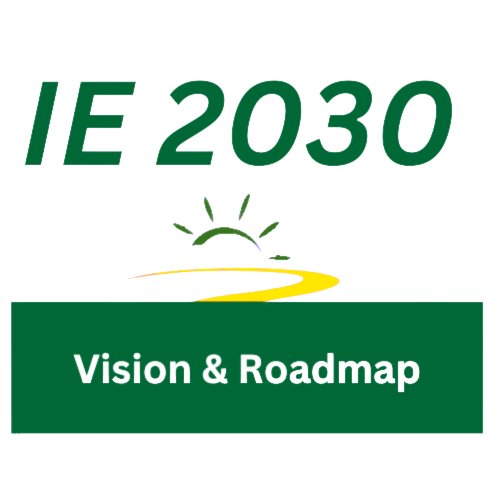Education in the United States has often functioned as a means to upward social and economic mobility. College graduates’ wages and non-wage benefits, like paid vacation time or employer-provided health coverage, are much higher. Education offers a variety of societal benefits, including a well-educated workforce which in turn contributes to economic growth and innovation. A well-educated society also encourages greater civic participation and engagement, a key to preserving the ideals of democracy. The benefits of a well-educated society also warrant involvement and support from the federal government. Programs like the Pell Grant, subsidized loans, tax credits, and the GI Bill were created to support students in higher education.
Despite the role of education in greater societal good, and the programs that have been created to help support this ideal, educational attainment among historically underrepresented groups remains low. As it is, researchers have identified a 1.1 million shortfall of workers with bachelor’s degrees by 2030, who would be needed in order to keep up with economic demand. The Inland Empire (IE), Los Angeles, County, and the San Joaquin Valley could play a key role in filling in this gap, as improving college outcomes in these regions could translate to closing over half the skills gap for the entire state. This increase in an educated workforce could also translate into higher incomes and greater tax revenue.
While there have been many barriers to increasing equitable educational outcomes – e.g., funding, support, testing and other measures of mastery, disparities by socio-economic status, digital divide, etc. – a variety of programs at the federal, state, and local level have worked to reduce them as much as possible. However, persistent gaps remain, particularly when viewed by race and socio-economic status.

